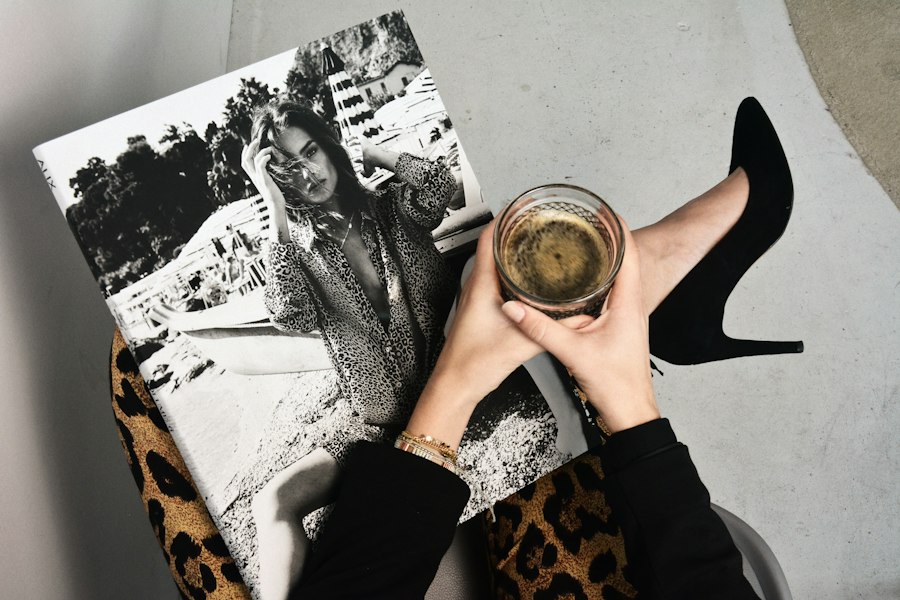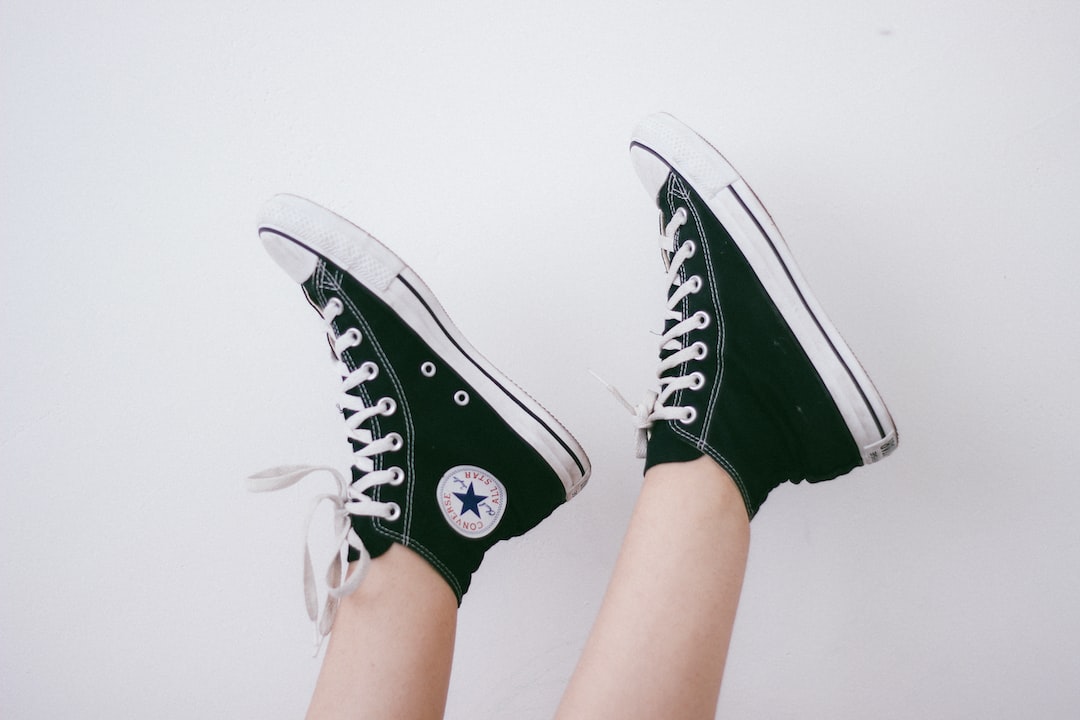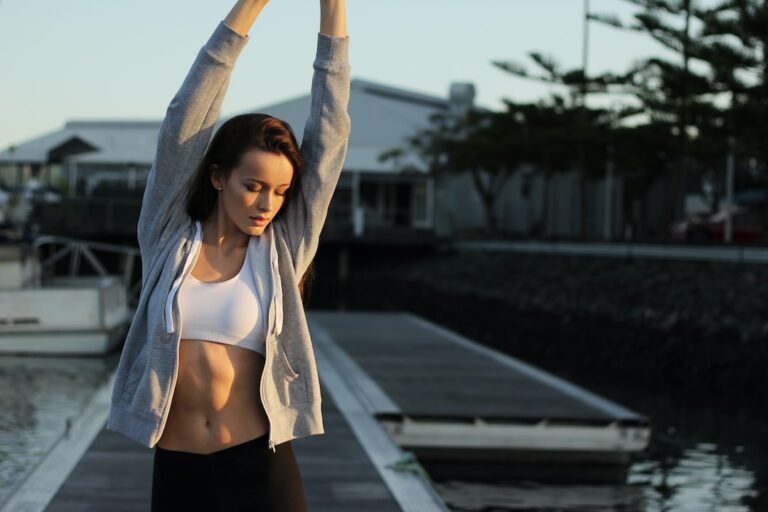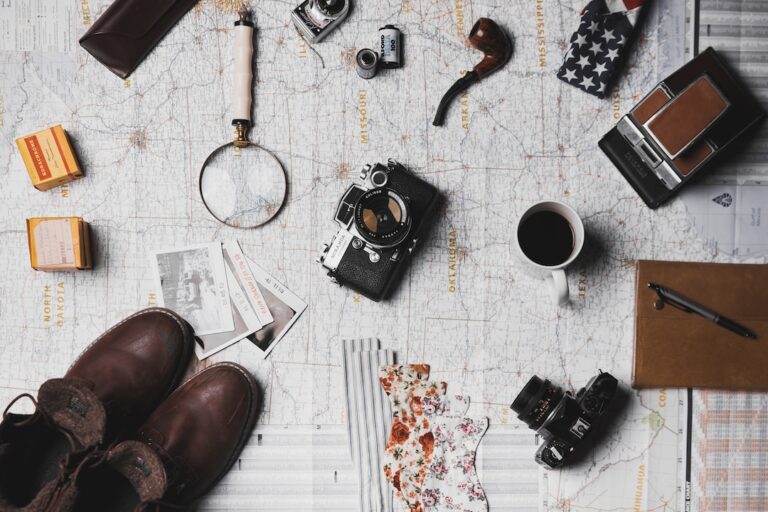Fashion is a form of self-expression, and finding your personal style is an important part of that expression. However, with so many different fashion trends and styles out there, it can be overwhelming to navigate the world of fashion. That’s where fashion niches come in. Fashion niches are specific styles or subcultures within the fashion industry that cater to different tastes and preferences. By understanding these niches, you can find a style that resonates with you and allows you to express yourself authentically.
Finding your personal style is important because it helps you feel confident and comfortable in what you wear. When you dress in a way that aligns with your personality and values, it can have a positive impact on your self-esteem and overall well-being. Additionally, having a personal style makes shopping easier and more enjoyable, as you know what types of clothing and brands to look for. So whether you’re into streetwear, sustainable fashion, or any other niche, embracing your personal style can be a transformative experience.
Key Takeaways
- Fashion niches are specific styles that cater to different tastes and preferences.
- Streetwear combines comfort and style for a trendy look.
- Sustainable fashion promotes eco-friendly clothing to make a positive impact on the environment.
- Athleisure is a popular trend that blends sportswear with everyday wear.
- Vintage fashion offers timeless styles for a classic wardrobe.
Streetwear: The Perfect Blend of Comfort and Style
Streetwear is a fashion niche that has gained immense popularity in recent years. It is characterized by its casual and comfortable aesthetic, drawing inspiration from urban culture and street fashion. Streetwear emerged in the 1980s and 1990s as a response to the exclusivity of high-fashion brands. It was a way for young people to express themselves through clothing that reflected their urban lifestyle.
Key elements of streetwear style include oversized silhouettes, graphic t-shirts, hoodies, sneakers, and accessories such as caps and backpacks. Brands like Supreme, Off-White, and A Bathing Ape have become synonymous with streetwear culture. Influencers like Virgil Abloh and Jerry Lorenzo have also played a significant role in popularizing streetwear through their collaborations with high-fashion brands.
Sustainable Fashion: Making a Difference with Eco-Friendly Clothing
Sustainable fashion is a fashion niche that focuses on creating clothing in an environmentally and socially responsible way. It aims to minimize the negative impact of the fashion industry on the planet and its people. Sustainable fashion encompasses various practices, such as using organic or recycled materials, reducing waste through recycling and upcycling, and promoting fair labor practices.
The importance of sustainable fashion cannot be overstated. The fashion industry is one of the largest contributors to pollution and waste, with harmful chemicals used in textile production and excessive water consumption. By supporting sustainable fashion brands and practices, we can make a difference in preserving the environment for future generations.
Some notable sustainable fashion brands include Patagonia, Everlane, and Reformation. Influencers like Emma Watson and Stella McCartney have also been vocal advocates for sustainable fashion.
Athleisure: The Trendy Sportswear for Everyday Wear
| Category | Metric | Value |
|---|---|---|
| Market Size | Global Athleisure Market Size | 155.2 billion (2021) |
| North America Athleisure Market Size | 48.4 billion (2021) | |
| Asia-Pacific Athleisure Market Size | 52.6 billion (2021) | |
| Consumer Behavior | Percentage of Consumers Who Wear Athleisure | 72% (2021) |
| Reasons for Wearing Athleisure | Comfort, Style, Versatility | |
| Popular Brands | Top Athleisure Brands | Lululemon, Nike, Adidas, Under Armour |
| Fastest Growing Athleisure Brands | Athleta, Fabletics, Gymshark, Outdoor Voices |
Athleisure is a fashion niche that combines athletic wear with everyday clothing. It is characterized by its comfortable and functional designs that can be worn both during workouts and in casual settings. Athleisure gained popularity in the late 2000s as people started prioritizing comfort and versatility in their clothing choices.
Key elements of athleisure style include leggings, joggers, sweatshirts, sneakers, and accessories like gym bags and baseball caps. Brands like Lululemon, Nike, and Adidas have become synonymous with athleisure fashion. Influencers like Gigi Hadid and Kendall Jenner have also embraced athleisure as part of their off-duty style.
Vintage Fashion: The Timeless Style for a Classic Wardrobe
Vintage fashion refers to clothing that is at least 20 years old but still retains its style and quality. It is a fashion niche that celebrates the past and embraces timeless designs. Vintage fashion has gained popularity in recent years as people seek unique and one-of-a-kind pieces that stand out from mass-produced clothing.
Key elements of vintage style include retro silhouettes, bold prints, and classic accessories. Vintage fashion can be found in thrift stores, online marketplaces, and specialized vintage boutiques. Influencers like Alexa Chung and Dita Von Teese have become known for their vintage-inspired style.
Bohemian Fashion: The Carefree and Romantic Look for Free Spirits

Bohemian fashion, also known as boho fashion, is a style that draws inspiration from the bohemian lifestyle and the hippie movement of the 1960s and 1970s. It is characterized by its relaxed and free-spirited aesthetic, with flowing fabrics, earthy tones, and eclectic accessories.
Key elements of bohemian style include maxi dresses, floral prints, fringe details, and layered jewelry. Brands like Free People, Spell & The Gypsy Collective, and For Love & Lemons are known for their bohemian-inspired designs. Influencers like Vanessa Hudgens and Sienna Miller have embraced bohemian fashion as part of their personal style.
Minimalist Fashion: The Simple and Chic Style for a Sophisticated Wardrobe
Minimalist fashion is a style that focuses on simplicity and clean lines. It is characterized by its neutral color palette, minimalist silhouettes, and high-quality materials. Minimalist fashion gained popularity in the 1990s as a reaction to the excesses of the previous decade.
Key elements of minimalist style include tailored blazers, white shirts, black trousers, and minimal accessories. Brands like COS, Acne Studios, and The Row are known for their minimalist designs. Influencers like Olivia Palermo and Phoebe Philo have become synonymous with minimalist fashion.
High-Fashion: The Glamorous and Luxurious Style for a Statement Wardrobe
High-fashion, also known as haute couture, is a fashion niche that represents the pinnacle of luxury and craftsmanship. It is characterized by its exclusive and extravagant designs, often showcased on runways during fashion weeks. High-fashion brands create unique and limited-edition pieces that are made to order for individual clients.
Key elements of high-fashion style include couture gowns, tailored suits, intricate details, and luxurious fabrics. Brands like Chanel, Dior, and Valentino are known for their high-fashion creations. Influencers like Anna Wintour and Karl Lagerfeld have played significant roles in shaping the high-fashion industry.
Modest Fashion: The Modest and Elegant Style for a Fashionable Wardrobe
Modest fashion is a style that focuses on covering the body in a modest and elegant way. It is characterized by its loose-fitting silhouettes, longer hemlines, and high necklines. Modest fashion has gained popularity in recent years as people seek clothing options that align with their religious or cultural beliefs.
Key elements of modest style include maxi dresses, long-sleeved tops, wide-leg trousers, and modest swimwear. Modest fashion brands like Aab, Haute Hijab, and Modanisa cater to the needs of modest dressers. Influencers like Dina Torkia and Hana Tajima have become known for their modest fashion content.
Plus-Size Fashion: The Inclusive and Fashion-Forward Style for All Body Types
Plus-size fashion is a fashion niche that focuses on creating stylish and fashionable clothing for people with larger body sizes. It is characterized by its inclusive designs that celebrate diverse body types and promote body positivity. Plus-size fashion has gained momentum in recent years as people demand more representation and inclusivity in the fashion industry.
Key elements of plus-size style include bodycon dresses, high-waisted jeans, statement prints, and trendy accessories. Plus-size fashion brands like Eloquii, Universal Standard, and ASOS Curve offer a wide range of clothing options for plus-size individuals. Influencers like Ashley Graham and Gabi Gregg have been instrumental in promoting body positivity and plus-size fashion.
Finding Your Fashion Niche
In conclusion, understanding fashion niches is essential for finding your personal style and expressing yourself authentically. Whether you resonate with streetwear, sustainable fashion, athleisure, vintage fashion, bohemian fashion, minimalist fashion, high-fashion, modest fashion, or plus-size fashion, there is a niche out there for everyone.
Finding your fashion niche allows you to curate a wardrobe that reflects your personality, values, and lifestyle. It helps you feel confident and comfortable in what you wear and makes shopping easier and more enjoyable. So don’t be afraid to explore and experiment with different styles until you find the one that resonates with you. Embrace your personal style and let it be a reflection of who you are.
If you’re passionate about fashion and looking to find your purpose within the industry, you might find this article on “Finding Your Reason for Living: Ikigai Breakdown” interesting. It explores the concept of ikigai, a Japanese philosophy that helps individuals discover their true calling and find fulfillment in their work. This article provides valuable insights and practical tips on how to align your passion for fashion with your purpose in life. For more niche strategies and growth opportunities in the fashion industry, check out this article on “Mastering Your Creative Agency’s Niche: Strategies for Growth and Focus.” It offers expert advice on how to identify and capitalize on your agency’s unique strengths, allowing you to stand out in a competitive market.
FAQs
What are fashion niches?
Fashion niches refer to specific areas or subcategories within the fashion industry that cater to a particular group of consumers with unique tastes and preferences.
What are some examples of fashion niches?
Some examples of fashion niches include sustainable fashion, plus-size fashion, vintage fashion, streetwear, luxury fashion, and modest fashion.
Why are fashion niches important?
Fashion niches are important because they allow consumers to express their individuality and personal style. They also provide opportunities for designers and brands to cater to specific markets and create unique products.
How do fashion niches differ from mainstream fashion?
Fashion niches differ from mainstream fashion in that they cater to a smaller, more specific audience with unique tastes and preferences. Mainstream fashion, on the other hand, caters to a broader audience and tends to follow current trends.
What are some challenges of catering to fashion niches?
Some challenges of catering to fashion niches include finding the right balance between creativity and commercial viability, reaching a smaller audience, and competing with established brands in the niche.







